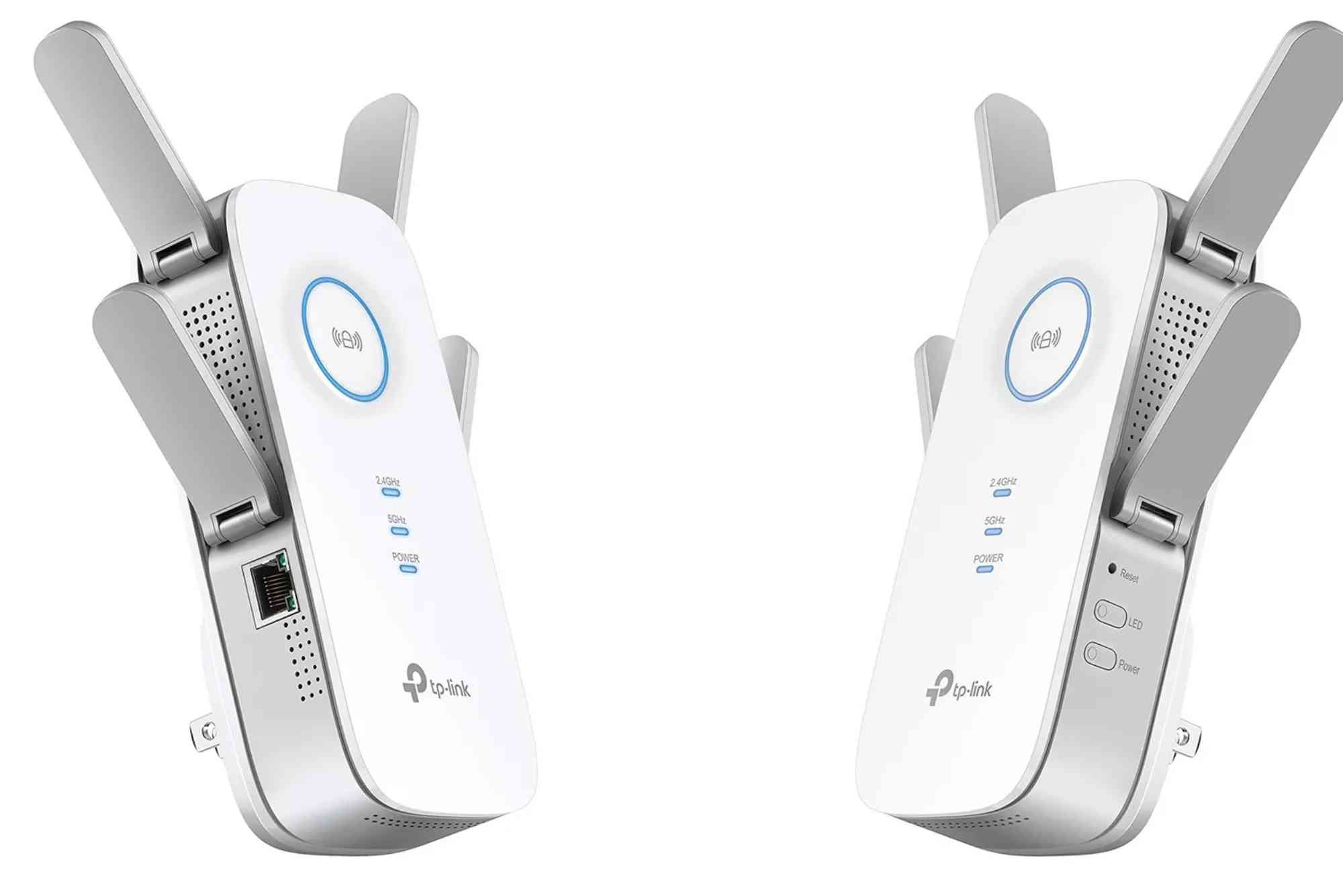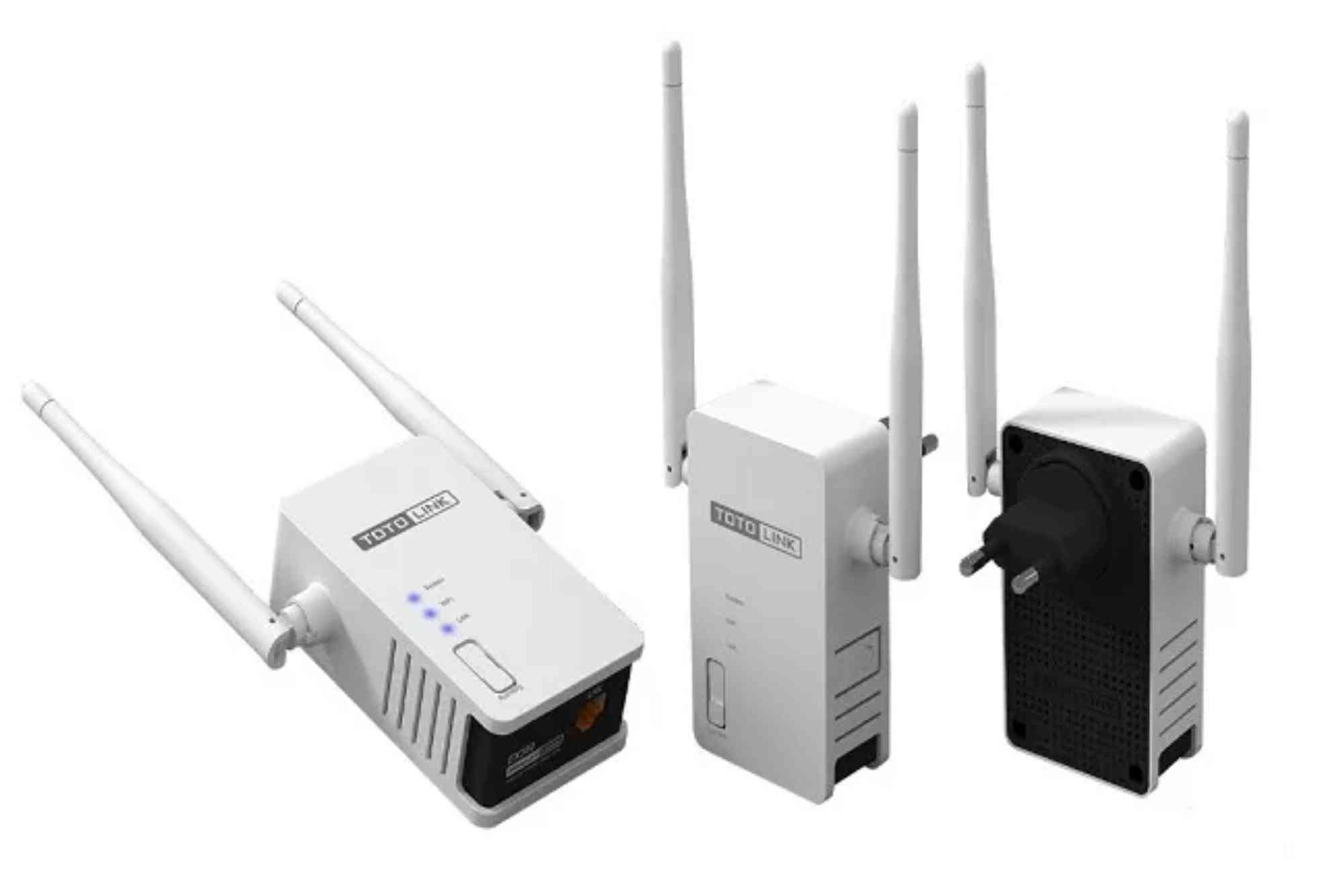How to Change Your Default Router Password for Better Security
Your router is the gateway that connects all your devices to the internet. Whether it’s your laptop, smartphone, or smart TV, everything relies on the router to stay online. That also means your router is a target for hackers. The first line of defense is simple: knowing how to change default router password. Many people leave the default settings as they are, but this is risky because default credentials are widely known and can be found online. By changing your default router password, you reduce the chances of unauthorized access and keep your home network secure.
Why Changing the Default Router Password is Important
Every router comes with a factory-set username and password. Manufacturers use common combinations such as “admin” or “password,” which are easy for cybercriminals to guess. If you don’t change them, anyone with access to your Wi-Fi or even someone outside your home could log into your router’s admin panel. Once inside, they can change your settings, monitor your online activities, or even lock you out of your own network. Changing the default password ensures that only you have control over your router, keeping intruders away and safeguarding sensitive information.
How to Change Default Router Password
The process of changing your router’s password may vary slightly depending on the model, but the steps are generally similar. Follow this guide to protect your home network.
Connect to Your Router
First, connect your device—whether it’s a computer, tablet, or phone—to your Wi-Fi network. If possible, use a wired connection because it’s more stable and won’t disconnect if settings change during the process.
Find Your Router’s IP Address
To access the router’s admin panel, you need its IP address. On most devices, this can be found under “Network Settings.” Common IP addresses include 192.168.1.1 or 192.168.0.1. If you are unsure, check the back of your router where the default credentials are printed, or search online for your specific router model.
Log Into the Router
Open a web browser and type the router’s IP address into the search bar. You will be prompted to enter a username and password. Use the current credentials, which may still be the default if you haven’t changed them yet.
Locate the Settings for Password Change
Once inside the admin panel, look for options such as “Administration,” “System,” or “Security.” Every router interface is different, but most have a section dedicated to account management. This is where you can change the password used to log into the router’s control panel.
Create a Strong New Password
When learning how to change default router password, the most important step is creating a strong replacement. Avoid simple passwords like your name, phone number, or “123456.” Instead, use a combination of uppercase letters, lowercase letters, numbers, and symbols. Aim for at least 12 characters to make it harder for hackers to guess.
Save and Reboot If Needed
After entering your new password, save the changes. Some routers require you to reboot before the changes take effect. Once the router restarts, log in again with the new password to confirm everything is working correctly.
Tips for Creating a Strong Router Password
Changing your password is not enough if the new one is weak. To strengthen your security, follow these tips:
-
Avoid using dictionary words or simple sequences.
-
Use random phrases or a password generator.
-
Change the password regularly, at least every 6–12 months.
-
Store your password in a secure password manager instead of writing it down.
These small practices can greatly improve the overall safety of your home network.
Additional Router Security Measures
While knowing how to change default router password is crucial, there are other steps you can take to protect your Wi-Fi from intruders.
Update Firmware Regularly
Router manufacturers release firmware updates to patch security vulnerabilities. Check the admin panel for available updates and install them to keep your device safe.
Disable Remote Management
Some routers allow remote access to the admin panel from outside your home network. Unless you specifically need this feature, it’s safer to disable it. This reduces the risk of hackers accessing your router remotely.
Change Your Wi-Fi Network Name
Your Wi-Fi network name, also called SSID, should not reveal the router brand or your personal information. Hackers use this information to guess default login credentials. A neutral name adds another layer of privacy.
Use WPA3 or WPA2 Encryption
Ensure your Wi-Fi network is protected with WPA2 or WPA3 encryption. These protocols make it harder for outsiders to intercept your internet traffic.
Limit Device Access
Many routers let you create a guest network for visitors. This way, they can connect to the internet without accessing your main network. Limiting access helps keep your sensitive devices isolated.
Common Mistakes People Make
When trying to secure their routers, many people make avoidable mistakes. Some forget to save changes after updating the password. Others create overly complicated passwords but forget them, leading to frustration and resets. Another mistake is assuming that changing the Wi-Fi password is the same as changing the router’s default password. While both are important, they serve different purposes. The Wi-Fi password controls who connects to your network, while the router password controls who manages your router settings.
Take Control of Your Network Security
Your home router is the gatekeeper of your digital life, and leaving it with default credentials is like leaving the front door unlocked. Learning how to change default router password is one of the easiest and most effective ways to strengthen your online security. By following the simple steps outlined above, you can prevent unauthorized access, keep your data private, and enjoy peace of mind knowing your network is safe.
If you are looking for reliable connectivity along with professional guidance on internet security, consider trusted providers such as Dhanote Internet Services. They can help ensure your internet experience is both fast and secure.
FAQs
Why should I change my default router password?
Because default passwords are widely known, leaving them unchanged puts your network at risk of being hacked.
Can I change the password using my phone?
Yes. You can log into the router’s admin panel using your phone’s browser as long as it is connected to the Wi-Fi.
What if I forget my new router password?
If you forget it, reset your router using the physical reset button. This will restore the default settings, and you can set it up again.
Is changing the Wi-Fi password the same as changing the router password?
No. The Wi-Fi password controls who can connect to your internet. The router password controls who can change your router’s settings.
How often should I change my router password?
Experts recommend updating it every 6–12 months or immediately if you suspect someone unauthorized has access.








